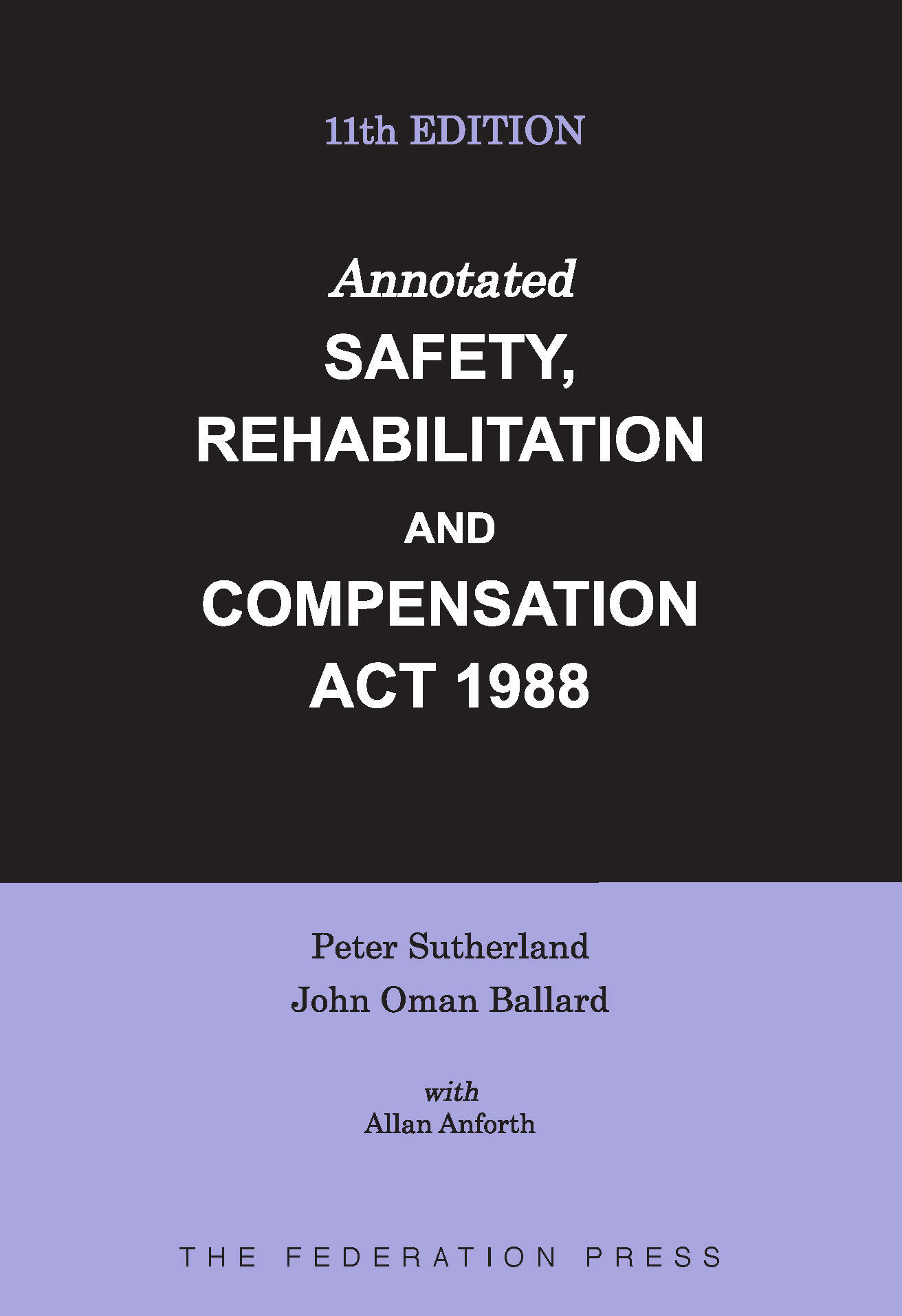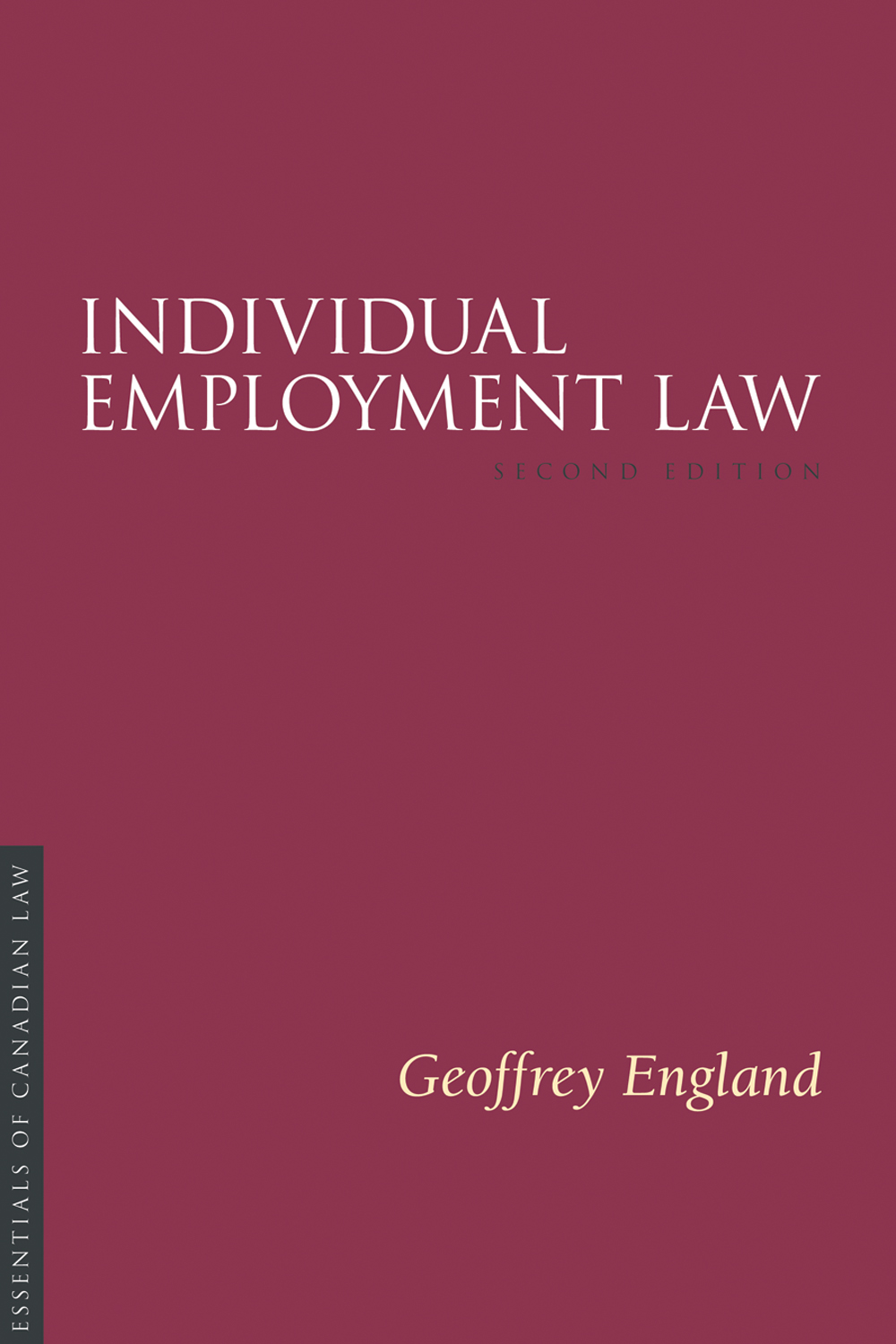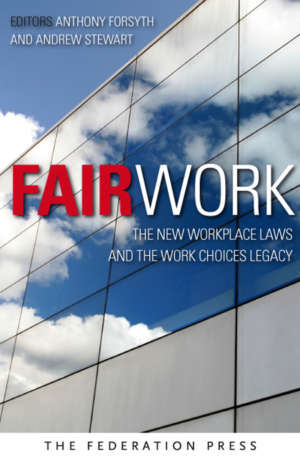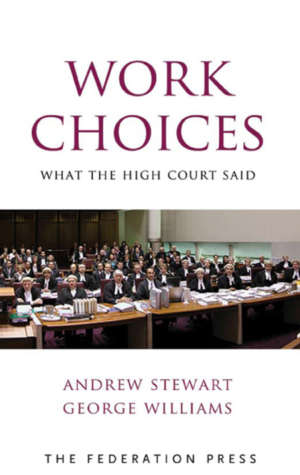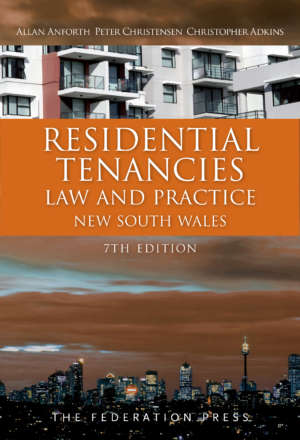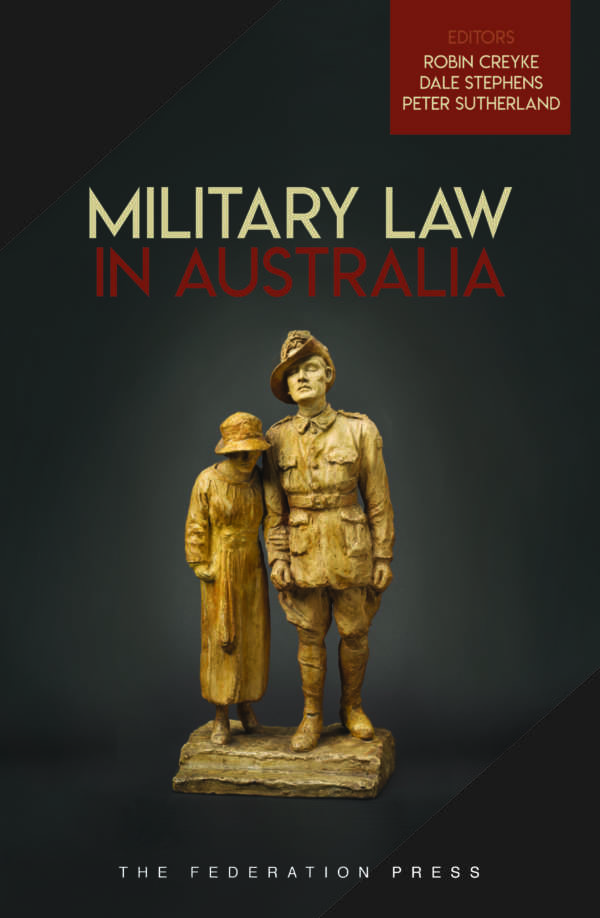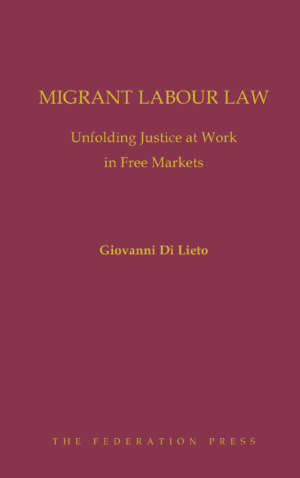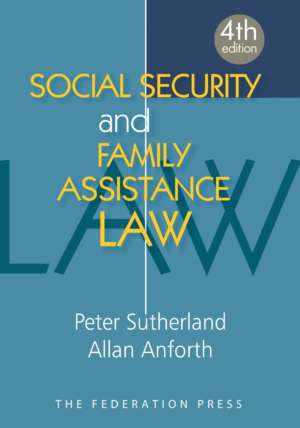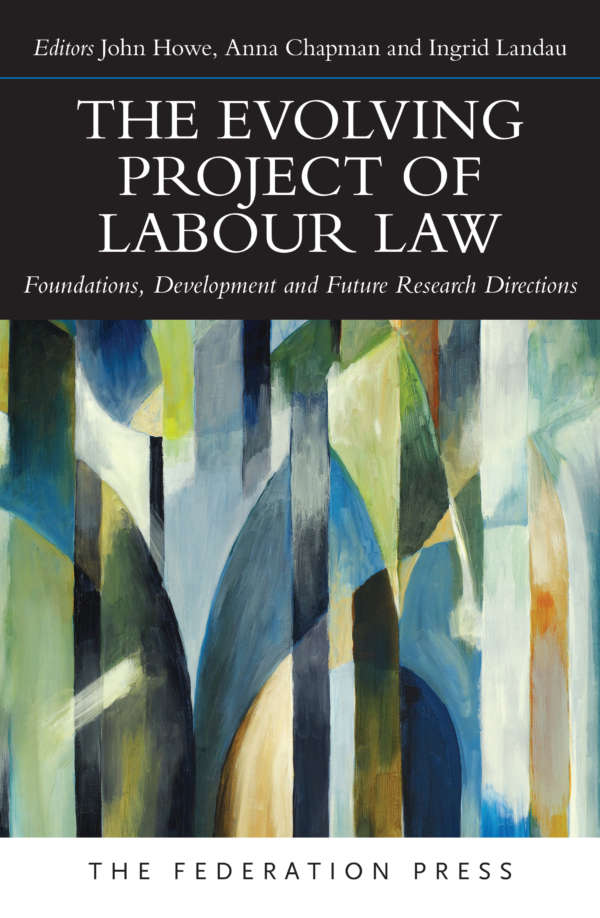Product Description
The 11th edition of this well known reference book provides the full text of the Safety, Rehabilitation and Compensation Act 1988 (SRCA) current as at 1 April 2018 and annotations of Court and Tribunal decisions to 1 March 2018.
The book contains an up-to-date discussion of recent litigation concerning the SRCA, including “injury” and “disease”, “reasonable administrative action taken in a reasonable manner”, liability for injuries “arising out of, or in the course of” employment, and construction of the approved Guide. It includes a list of all legislative instruments made under the Act, including those regulating the coverage of licensees under the Scheme.
The 11th edition also includes a comprehensive consideration of military compensation under the SRCA, including the 1994 Military Compensation Scheme and the new DRCA Scheme, which commenced on 12 October 2017 pursuant to the Safety, Rehabilitation and Compensation (Defence-related Claims) Act 1988. The 11th edition will be fully relevant to military compensation by inclusion of previous historical material and Commentary on elements of the DRCA which were omitted from the SRCA on 12 October 2017.
Canberra barrister, Allan Anforth, will contribute an updated Practitioner’s Guide aimed at claimants and their representatives.
Editorial Contributions
Acknowledgments
Currency of Legislation and Annotations
Key to Case Citation
Abbreviations and Acronyms
List of Tables
Table of Cases
Table of Statutes
Introduction
Safety, Rehabilitation and Compensation Act 1988
Table of Provisions
Part I Preliminary
Part II Compensation
Part III Rehabilitation
Part IV Liabilities arising apart from this Act
Part V Claims for compensation
Part VI Reconsideration and review of determinations
Part VII Administration and finance
Part VIII Licences to enable Commonwealth authorities and certain corporations to accept liability for, and/or manage, claims
Part IX Miscellaneous
Part X Transitional provisions
Safety, Rehabilitation and Compensation Regulations 2002
Safety, Rehabilitation and Compensation (Defence-related Claims) Act 1988
Practitioner’s Guide
Appendices
Appendix 1 – Legislative History – Safety, Rehabilitation and Compensation Act 1988 (No 75/1988)
Appendix 2 – Notices of Declaration under the SRCA – Safety, Rehabilitation and Compensation Act 1988
Appendix 3 – Notices of Declaration – Licences
Appendix 4 – Notices of Declaration – “Commonwealth authority” – s 4(1)
Appendix 5 – Notices of Declaration – Persons taken to be employed by the Commonwealth – s 5(6)
Appendix 6 – Notices of Declaration – Specified diseases and specified employments – s 7(1)
Appendix 7 – Notices of Declaration – Australian Capital Territory
Appendix 8 – Corporations Licensed under Part VIII of the SRCA
Appendix 9 – Safety, Rehabilitation and Compensation Directions 2002
Appendix 10 – Legislative History – Safety, Rehabilitation and Compensation (Defence-related Claims) Act 1988
Appendix 11 – Defence Determination 2016/19
Index

